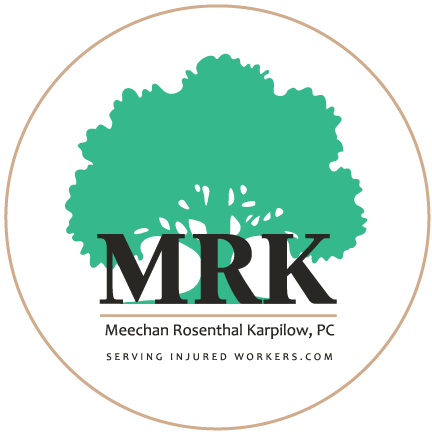Construction sites have inherent risks. One of the dangers faced by the 11.9 million construction American workers employed in 2019, according to the Centers for Disease Control and Prevention, is the risk of falling from heights.
When a workplace does not have proper fall prevention, workers can suffer from serious injuries. Ensuring the safety of construction workers is of paramount importance, and implementing robust fall prevention measures is an important aspect of achieving this goal.
Guardrails and toeboards
Guardrails and toeboards are fundamental components of a safe construction site. These physical barriers provide a protective barrier around elevated work areas, such as scaffolds and elevated platforms.
Workers can use these structures to prevent accidental falls and maintain their balance while working at heights. Regular inspections and maintenance are important to ensure the integrity of these safety features.
Personal fall arrest systems
Personal fall arrest systems, commonly referred to as PFAS, are critical tools for protecting workers at elevated positions. PFAS typically consist of a full-body harness, lanyard and anchor points.
Workers wear the harness, which connects to the lanyard, which is in turn attached to a secure anchor point. In the event of a fall, the PFAS will arrest the worker’s descent, preventing them from hitting the ground.
Safety nets
Safety nets are another effective fall prevention measure on construction sites. These nets are strategically placed below elevated work areas and serve as a last line of defense in case other fall protection measures fail. Safety nets absorb the impact of a falling worker, reducing the risk of serious injury.
Regular training and awareness
Proper training is important to ensure that workers are well-versed in fall prevention techniques and safety procedures. Regular safety training sessions can help raise awareness about the risks associated with working at heights and equip workers with the knowledge and skills needed to protect themselves.
Construction jobs are set to grow at an average pace over the next 10 years, meaning these kinds of accidents may continue on pace as well. Additionally, workers who face daily challenges due to the dangerous nature of their work may feel stressed after an injury happens. All of this means those in charge need to be proactive when it comes to workplace safety.

